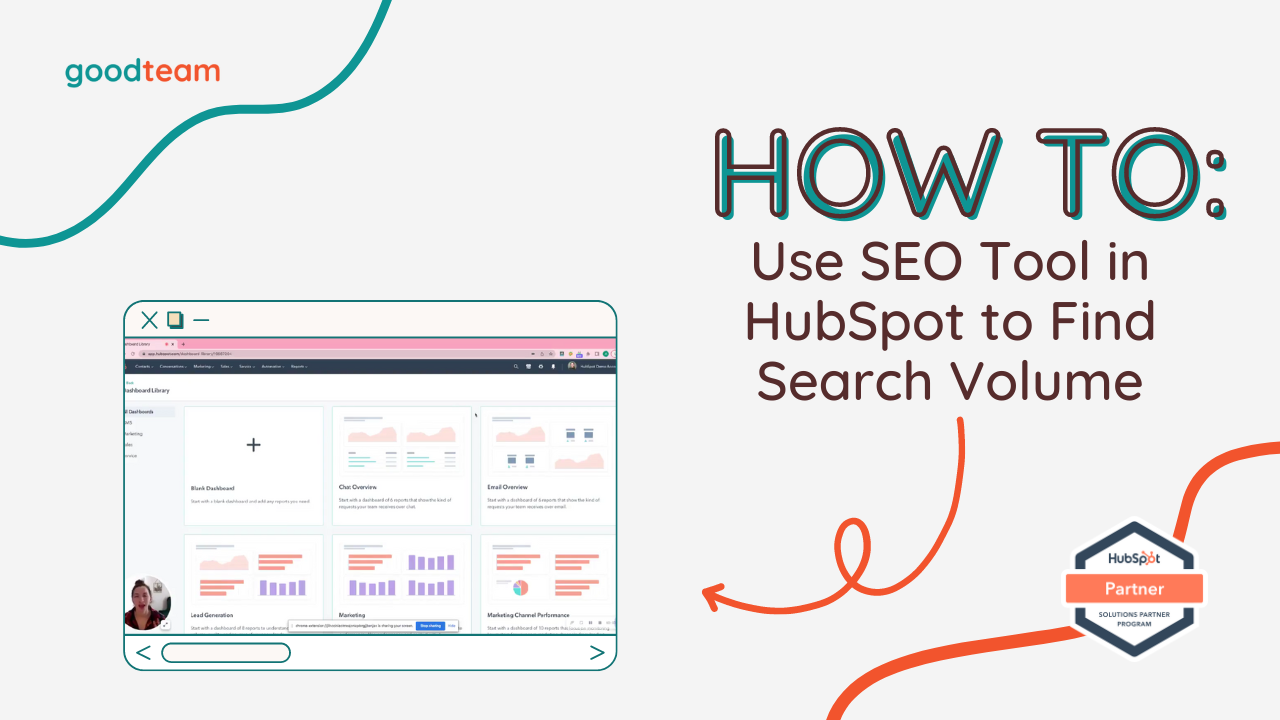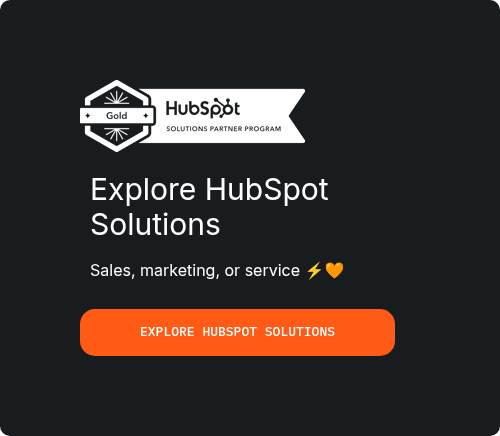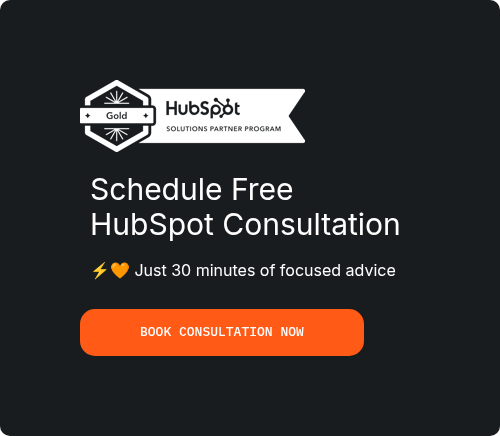
In today's digital-first world, a professionally designed and high-performing website is no longer a luxury—it's a fundamental requirement for business success. However, the process of building a website can often feel overwhelming, fraught with technical complexities and significant financial investment. This is where the HubSpot website builder comes in, offering a powerful yet user-friendly solution for businesses of all sizes. This comprehensive guide will walk you through the process of building a website with HubSpot in eight easy steps, transforming a potentially daunting task into a manageable and rewarding experience.
This article will provide a step-by-step walkthrough of the entire process, from setting up your account to launching and monitoring your new HubSpot website. We will also explore how partnering with a certified HubSpot expert can streamline this process and maximize your return on investment.
For businesses in the UK, Pixcell.io, a top HubSpot Platinum Partner Agency based in London, offers expert implementation services to ensure your website is built for success from day one.
Step 1: Setting Up Your HubSpot Account and Choosing the Right Plan
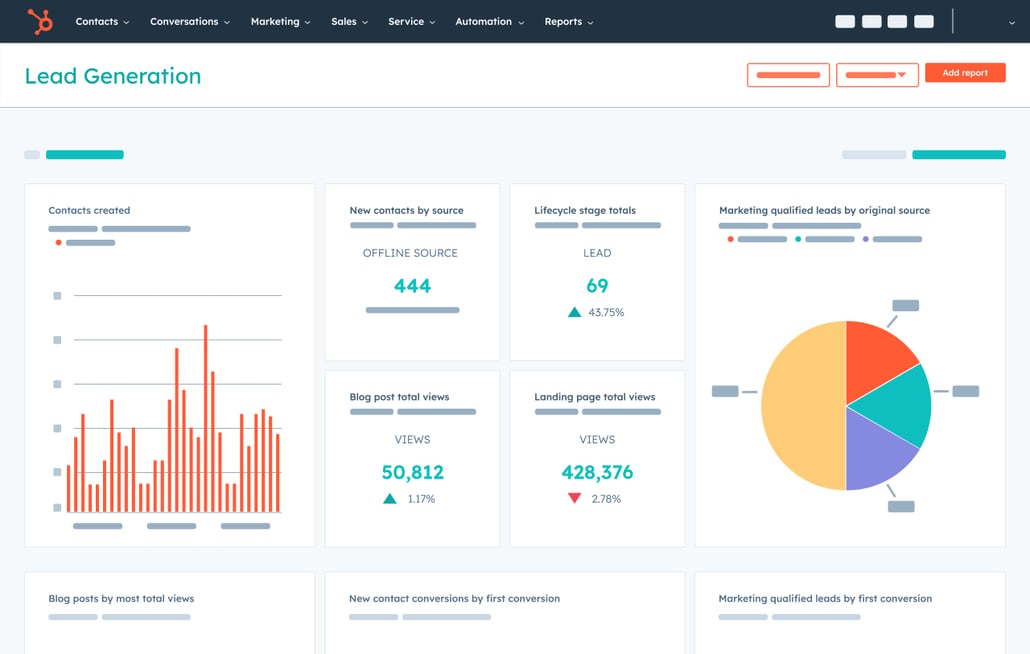
Step 2: Understanding HubSpot's Website Builder Interface
Step 3: Planning Your Website Architecture and Content Strategy
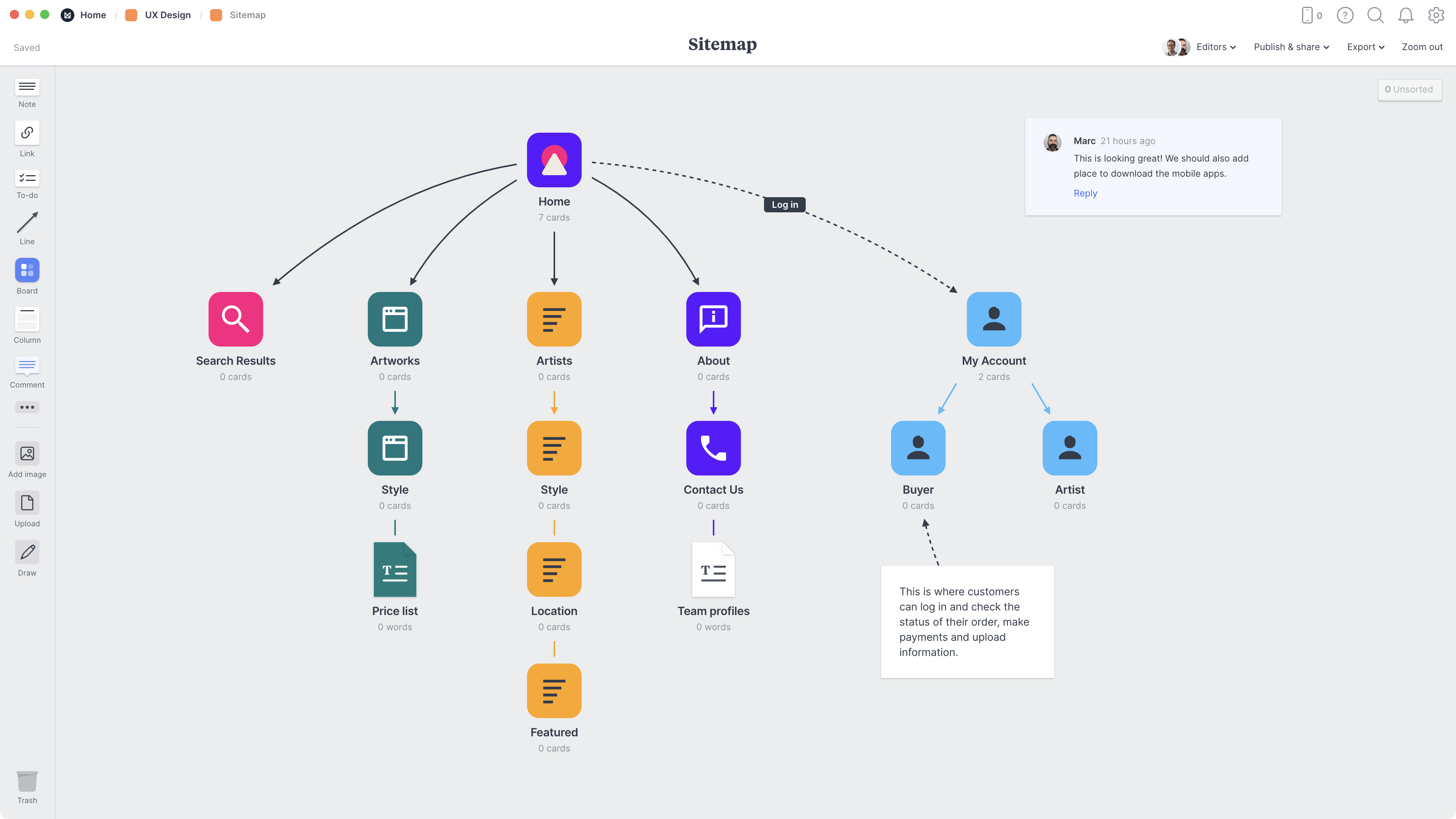
Step 4: Selecting and Customizing Your Website Theme
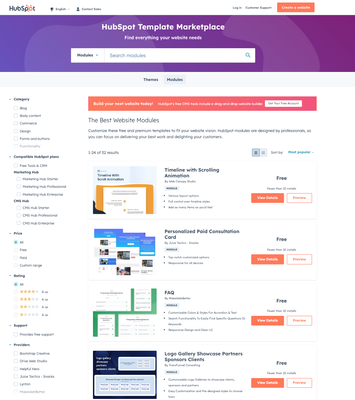
Step 5: Building Your Core Website Pages
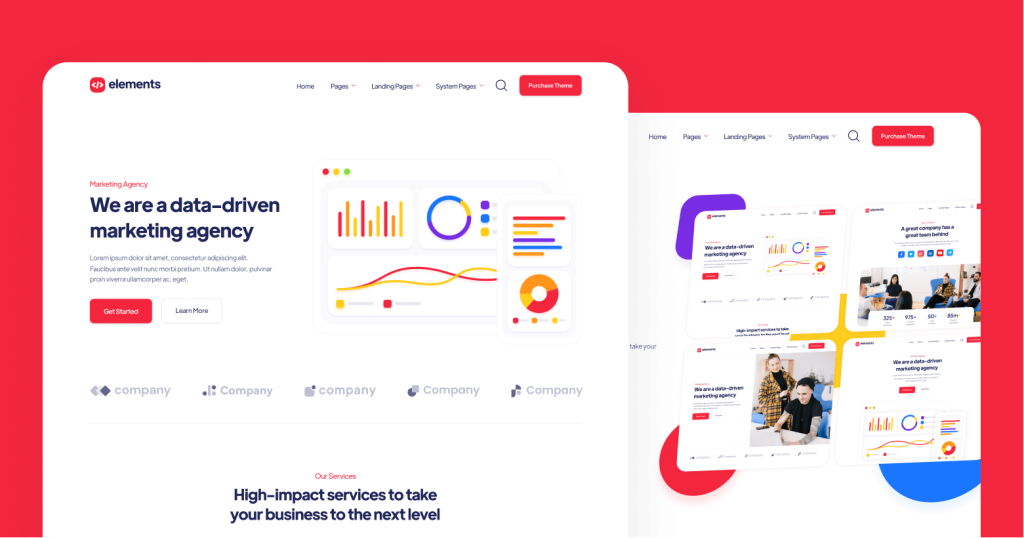
Step 6: Implementing Lead Generation and Conversion Tools
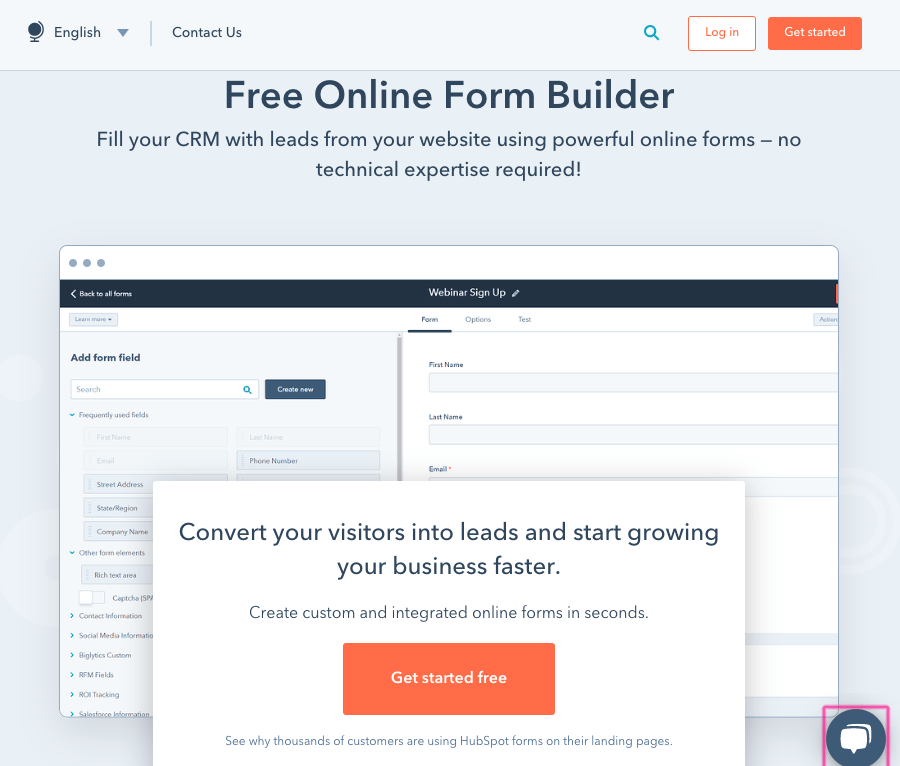
Step 7: Optimizing for Search Engines and Performance
